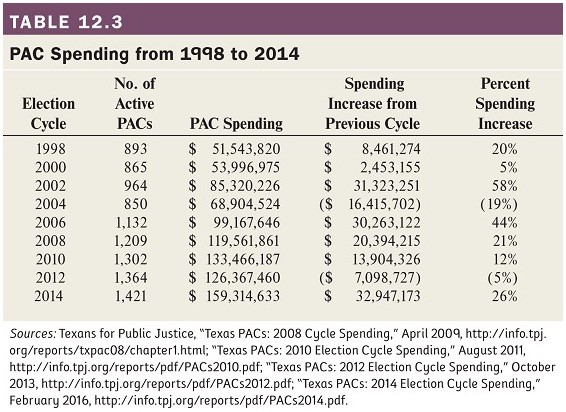Explain how "yes" and "no" questions and inadequate information during opinion polls can lead to problems. Give examples for each.
What will be an ideal response?
Answers will vary.Polling questions sometimes reduce complex issues to questions that simply call for "yes" or "no" answers. For example, a survey question might ask respondents whether they favor giving aid to foreign countries. A respondent's opinion on the issue might vary depending on the recipient country or the purpose of the aid. The poll would nonetheless force the respondent to give a "yes" or "no" answer that does not fully reflect his or her opinion. Respondents sometimes answer "I don't know" or "I don't have enough information to answer," even when a poll does not offer such options. Interestingly, a study of how polling is conducted on the complex issue of school vouchers found that about 4 percent volunteered the answer "I don't know" when asked if they favored or opposed vouchers. When respondents were offered the option of answering "I haven't heard or read enough to answer," however, the proportion choosing that answer jumped to about 30 percent.
You might also like to view...
News Clip 13.1: Lobbying LoopholesClick on the above link to access the Interactive eBook. Once you've signed in, scroll to page 566 and watch the video. When you've finished watching the video, come back to the test and answer the following questions:Why were President Obama's efforts to limit the role of lobbyists criticized when he first took office?
A. He made several high-profile exceptions to this policy right away. B. Lobbyists strengthen the position of the executive branch in policymaking. C. He only targeted certain lobbyists with whom he disagreed. D. none of these
The Truman Doctrine, which defined U.S. strategy vis-à-vis the Soviet Union during the Cold War, stated that
a. if one state fell to communism, its neighbors would also fall in a chain reaction. b. the United States would resist any Soviet expansion into the Western Hemisphere. c. the United States would support its allies against communist expansion. d. any Soviet assault against western Europe would be treated identically as an assault against the United States. e. the U.S. official foreign policy would return to one of isolationism from European affairs.
 According to Table 12.3, what was the total amount of PAC money spent in Texas in the 2012 election?
According to Table 12.3, what was the total amount of PAC money spent in Texas in the 2012 election?
A. $57 million B. $86 million C. $14 million D. $126 million
Recent changes to the age of the American population are most likely to put a strain on which of the following?
a. immigration b. Medicare c. national security d. public schools